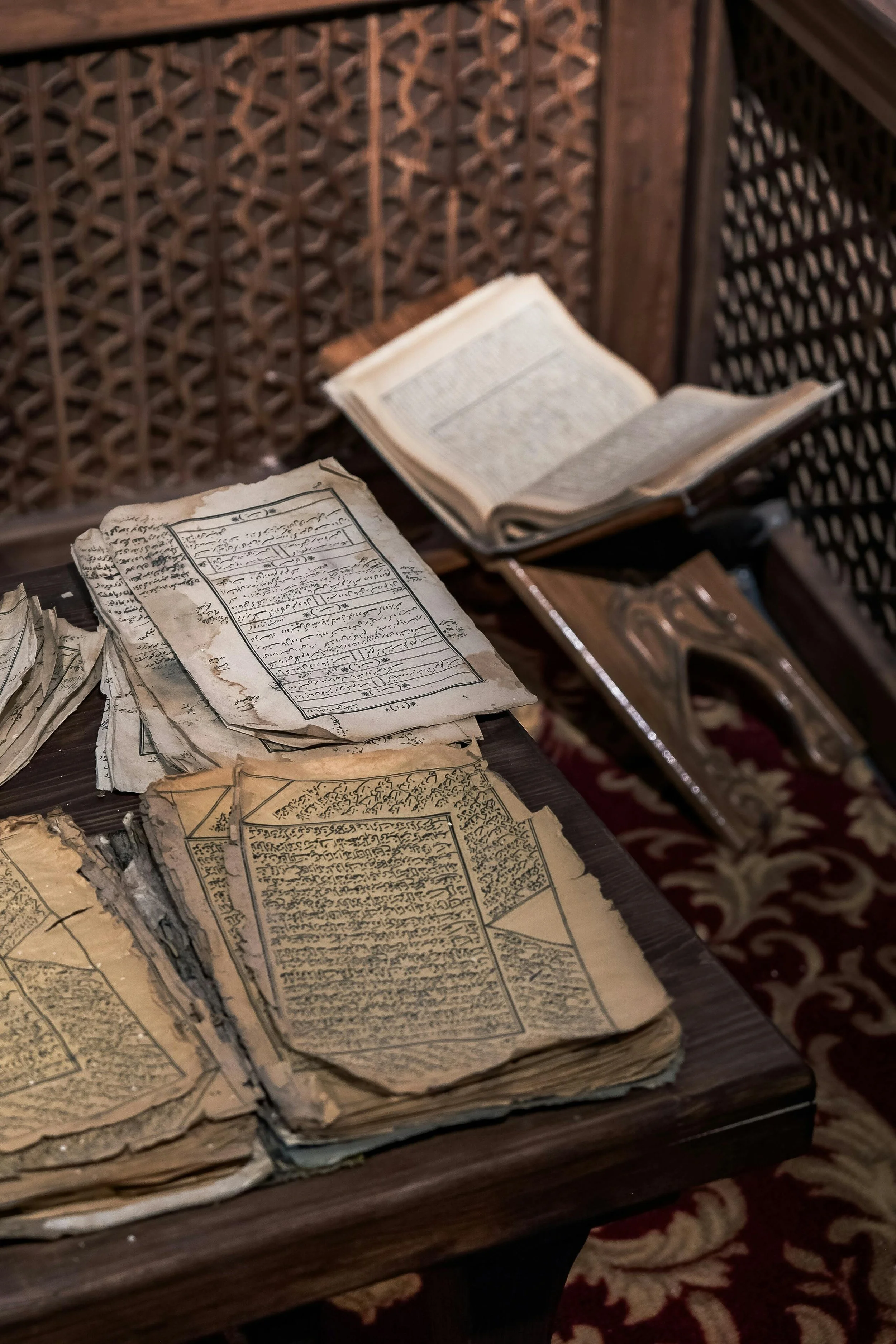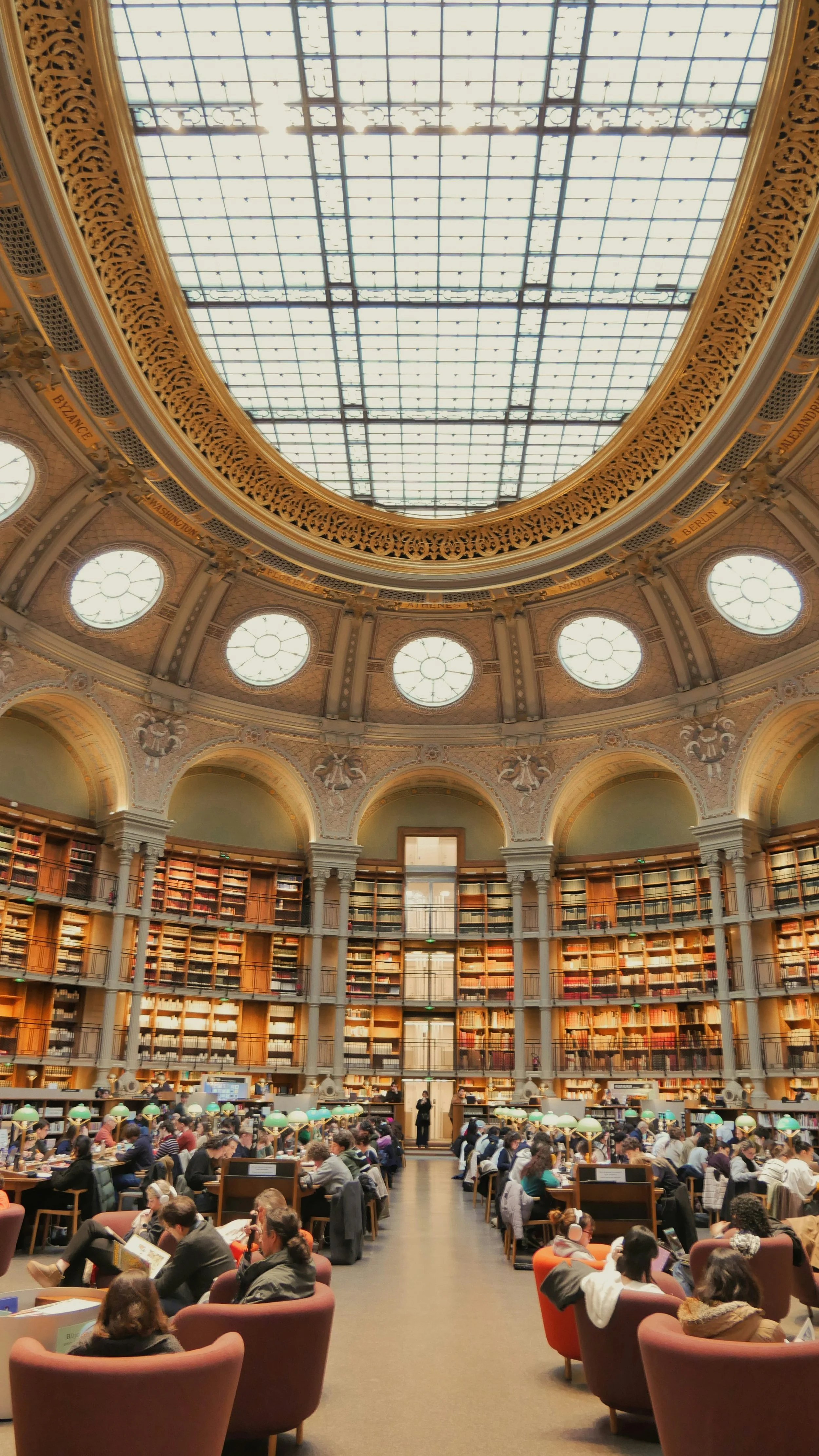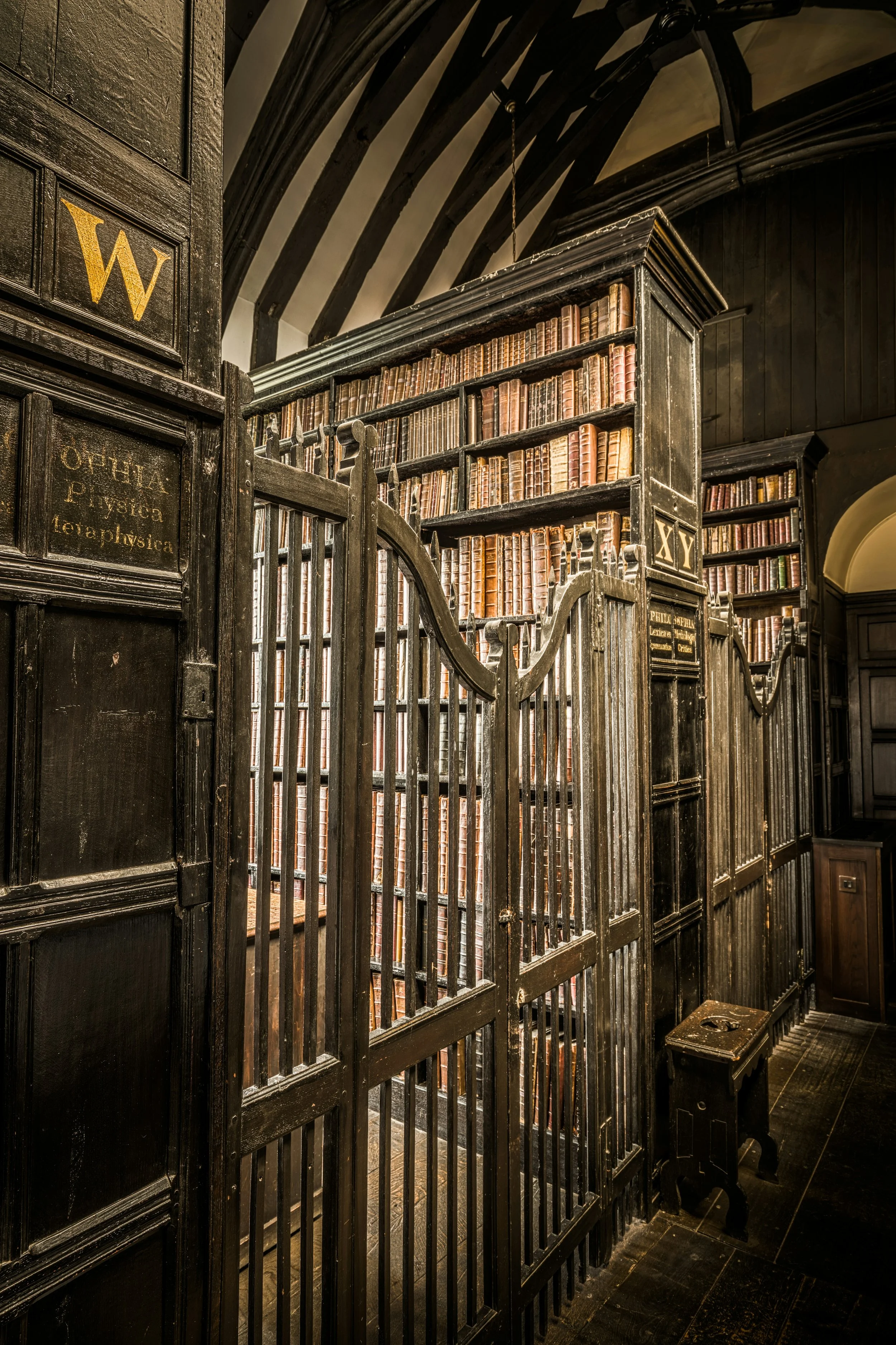The motives for creating records vary. They can be personal or come from others. Examples include correspondence and diaries. People create records for social reasons, produced by an array of organizations.
Approaches to Acquisition
An Overview of Acquisition in Archives
How Does Archival Selection Shape History?
The 182-Year-Old Selfie
One hundred and eighty-two years after its production, the image still captivates us. The daguerreotype now resides at the Library of Congress, with Cornelius’s handwritten note on the back describing it as “the first light Picture ever taken, 1839.” Cornelius’s likeness is the world’s original selfie.
Framing the Façade: Studium and Punctum in Architectural Photography
Foundations of Visual Literacy: Historic Preservation and Image Management
Formulating an Archival Mission Statement
Information Seeking Behavior in Archives
Archival activities begin with developing a collecting policy, then move to acquiring collections and entering them into recordkeeping systems through accessioning, arrangement, description, preservation, and access. Where does the creation of finding aids, and access tools of all sorts, fit into this process?
Acquisition and Appraisal for More Representative Archival Collections
Archivists are tasked with making informed selections of primary sources to provide the future with a representation of the human experience. They should build their collections by looking at the bigger picture of history and collecting records that will most accurately present the past to the future.














